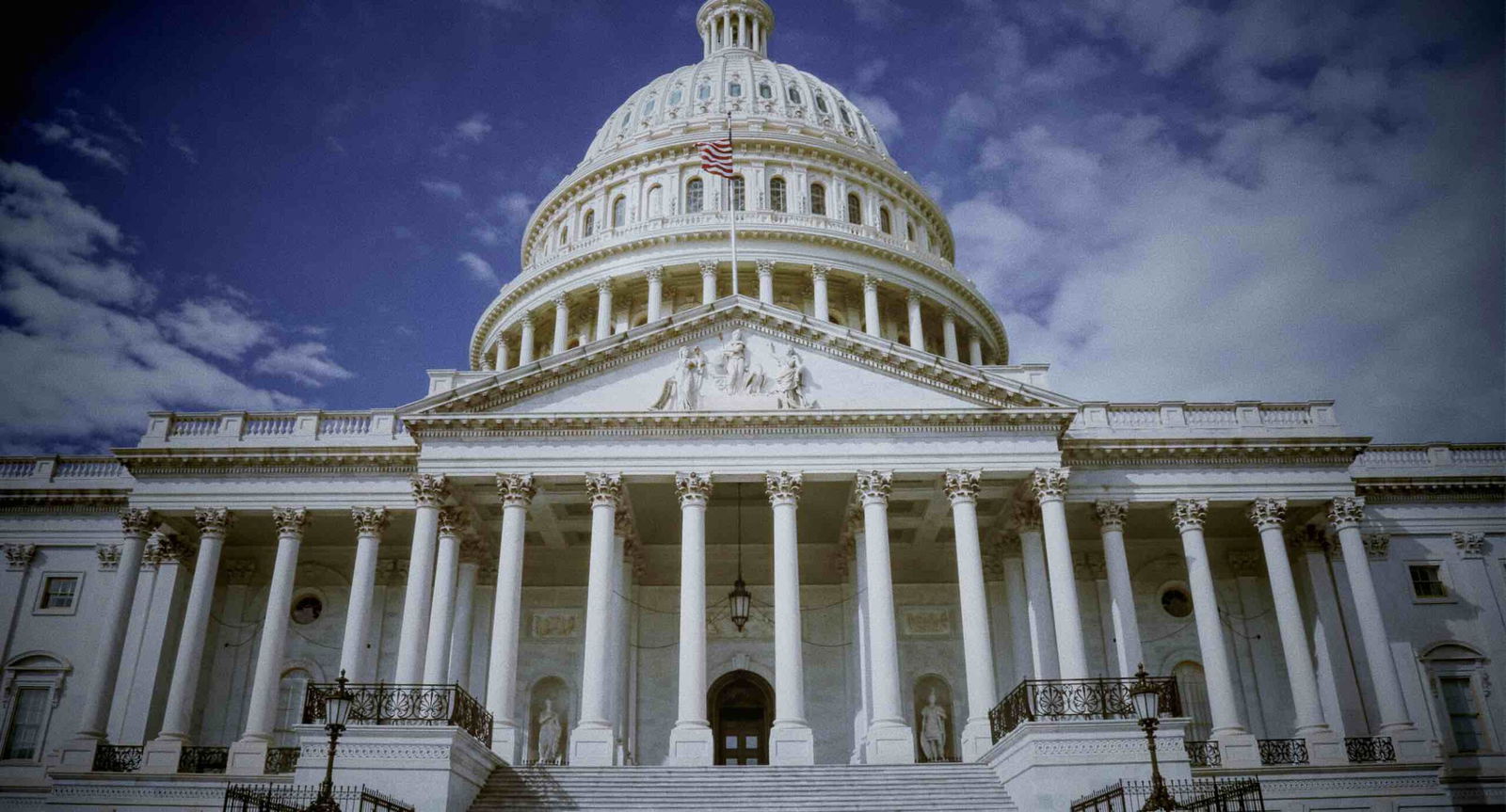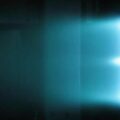A group of former government officials and disclosure advocates told lawmakers on Wednesday that the United States government is not being transparent enough on what it knows about UFOs.
The latest in a series of congressional hearings to address what the Pentagon now calls unidentified anomalous phenomena, or UAP, the joint session was held by the Subcommittee on Cybersecurity, Information Technology, and Government Innovation, chaired by Representative Nancy Mace (R-SC), and the Subcommittee on National Security, the Border, and Foreign Affairs, chaired by Representative Glenn Grothman (R-WI.).
Testifying during the hearing were Dr. Tim Gallaudet, a retired Rear Admiral of the U.S. Navy and current CEO of Ocean STL Consulting, LLC; Luis Elizondo, a former Department of Defense official and well-known advocate for UAP disclosure; Michael Gold, former NASA Associate Administrator of Space Policy and Partnerships and a member of NASA’s UAP Independent Study Team, and Michael Shellenberger, founder of the website Public, where he published a recent article alleging the existence of a secretive UAP-related special access program (SAP) based on statements he says were provided to him by a U.S. government employee who remained on background.
During opening remarks provided at the outset of the session, Rep. Mace alluded to pushback she reportedly received in advance of holding the hearing, adding that congressional efforts to understand the full scope of the U.S. government’s involvement with UAP investigations have had only limited success.
“Congress has tried in recent years to lift the veil and find out if information about UAPs is being withheld,” Mace said, noting significant criticisms she and other lawmakers were aware of regarding a historical report produced by the Pentagon’s All-domain Anomaly Resolution Office (AARO), one of several factors she said has undermined confidence in the office’s investigations.
“We know there are advanced technology programs,” Rep. Moskowitz said during opening remarks, referencing past programs developed at the high-security facility in the Nevada desert known as Area 51, which has long been associated with experimental aircraft development and UFO conspiracy theories. “Americans have questions about whistleblowers that have come forward to talk about retribution,” Moskowitz added.
Mace also referenced a 12-page document (a copy of which subsequently appeared online) relating to “Immaculate Constellation,” the alleged program revealed in Mr. Shellenberger’s reporting. This document, provided by Shellenberger before the hearing, was formally entered into the congressional record prior to the conclusion of opening remarks during the hearing.
“Representative Luna just told me that if I say ‘Immaculate Constellation,’ I’ll be on some list,” Mace joked as she referred to the document. “Maybe a FISA warrant, so uh, come at me, bro.”
During his opening remarks, Rear Admiral Gallaudet referred to his personal experience coming to learn of a now-famous U.S. Navy video, popularly known as “Go Fast,” and how an email he and others received from another U.S. Navy official disappeared following the incident.
“I concluded that the UAP information must have been classified within a special access program managed by an intelligence agency — a compartmented program that even senior officials, including myself, were not read into,” Gallaudet said.
“Last year’s UAP hearing before this oversight committee confirmed that UAP-related information is being withheld from senior officials and members of Congress,” Gallaudet said, adding that as recently as this week, he had “learned from former DoD official Chris Mellon that satellite imagery of UAP from a few years ago still has not been shared with Congress.”
“Equally concerning, last year’s UAP hearing also revealed that elements of the government are engaged in a disinformation campaign to include personal attacks designed to discredit UAP whistleblowers,” Gallaudet added.
“Let me be clear,” Mr. Elizondo said following Gallaudet’s remarks. “UAP are real. Advanced technologies not made by our government—or any other government—are monitoring sensitive military installations around the globe.”
“I believe that America’s greatness depends on three elements,” Elizondo added. “A watchful Congress, a responsive Executive Branch, and an informed public.
“Over the last decade and a half, I learned that certain UAP programs were, and are, operating without any of these elements,” Elizondo said, seemingly in acknowledgment of special access programs long suspected of being related to UAP that have remained hidden from Congress and the American public.
Elizondo also alluded to threats he and other officials have received for coming forward and discussing UAP from groups within the government who have in the past subjected him and others to “unwarranted criminal investigations, harassment, and efforts to destroy one’s credibility.”
“Many of my former colleagues and I have provided classified testimony to both the Department of Defense and the Intelligence Community Inspector General,” Elizondo said. “Many of us have subsequently been targeted by this cabal with threats to our careers, our security clearances, and even our lives.”
“This is not hyperbole, but a genuine fact,” Elizondo said, “and this is wrong.”
In his opening statements, Mr. Shellenberger discussed UAP whistleblower claims he learned of from sources who spoke with him on background, some of whom have asserted the U.S. Executive Branch has managed UAP programs and related issues for decades without Congressional oversight.
The claims primarily involve an alleged secret Department of Defense program called “Immaculate Constellation,” said to be a strategic intelligence initiative consolidating data from classified military sensors to capture high-quality imagery and atmospheric effects associated with UAPs.
Shellenberger argued that U.S. intelligence officials are stonewalling the release of such information on UAP—even some that may not be damaging to U.S. national security.
“The intelligence community is treating us like children,” Shellenberger said. “It’s time for us to know the truth about this. I think that we can handle it.”
During his opening statement, Mr. Gold acknowledged the stigmas that have long surrounded the topic, emphasizing that such attitudes even complicated his colleagues’ efforts with NASA’s UAP Independent Study Team, some of whom said they were mocked or threatened over their participation.
“Our best tool for unlocking the mystery of UAP is science, but we cannot conduct a proper inquiry if the stigma is so overwhelming that just daring to be part of a NASA research team elicits such a vitriolic response,” Gold said.
“Therefore, one of the most important actions that can be taken relative to exposing the truth of UAP is to combat the stigma,” Mr. Gold added, “and this is where I think NASA can be imminently helpful.”
Responding to a question from Rep. Jared Moskowitz, former counterintelligence agent Lue Elizondo said that he signed a document that limits his ability to discuss certain details involving alleged UAP crash retrievals that he learned of during his time in government.
After Moskowitz pressed Elizondo about the document, which Elizondo said he signed within a sensitive compartmented information facility (SCIF), the former counterintelligence officer clarified that “there are certain documents that we have in the U.S. government that allow people to have access to certain programs.” When asked how many individuals are required to sign similar documents, Elizondo told Moskowitz, “It depends [on] how many people are going to get access to the information, sir.”
Later in the hearing, Rear Admiral Gallaudet, in addition to discussing his knowledge of a UAP that resembled a “button” or disc-shaped object captured in satellite imagery, also likened a meeting he had with AARO officials earlier this year to an “influence campaign” against him.
“Earlier this year, I met with the DoD’s All-domain Anomaly Resolution Office, and what I thought would be a 90-minute meeting just to meet with leadership turned out to be an hours-long influence operation on me,” Gallaudet told Rep. Grothman.
According to Gallaudet, AARO officials “attempted to convince me of the validity of the very flawed and error-ridden historical records report.”
“In addition,” Gallaudet continued, “they tried to have me question very valid UAP reports like the Tic Tac incident,” even urging him to consider the possibility “that the Tic Tac was American technology.” Gallaudet said AARO officials also attempted to discredit various UAP whistleblowers during the meeting.
During the hearing, when asked if there are programs involving UAP operating outside of proper congressional oversight, Elizondo told Rep. Tim Burchett (R-TN) that he believed this was accurate.
“100 percent,” Mr. Elizondo said.
Asked by Burchett about why the Pentagon’s Public Affairs office “employs a psychological operations officer as a singular point of contact for UAP related inquiries,” Elizondo said there is a “long history” of the DoD “providing misleading and false information to the public through various news outlets and media outlets in order to discredit this topic.”
“I have personally been victim to it,” Elizondo said. “We have the documentation to substantiate where this information has been absolutely inaccurate,” further asserting that some of these efforts had been in coordination “with former leadership of AARO at the time as well.”
When Rep. Garcia asked what the witnesses thought UAP might represent, Gallaudet and Elizondo suggested it may represent evidence of non-human intelligence, while Shellenberger and Gold said they were uncertain.
Regarding purported biological samples associated with past alleged UAP crashes, Elizondo told Rep. Laturner (R-KS) that “anecdotally it was discussed quite a bit when I was at the Pentagon.” However, he could not speculate on the specifics of these incidents, which he said occurred before he was born.
Later in the hearing, Gallaudet also pushed back on skeptical explanations for at least one of several known U.S. Navy videos that have become associated with UAP in recent years.
“There are debunkers out there who have said the ‘Go Fast’ video was just a balloon,” Gallaudet said. “That only one video that was released.”
“There were dozens of these encounters,” Gallaudet added.
Near the conclusion of the hearing, Rep. Mace’s question regarding what these phenomena could represent and how the witnesses would define non-human biologics or intelligence elicited varied responses.
“I don’t think it’s a stretch when you look at the diversity of life on this planet and the size of this universe to think that there’d be more diverse, higher order non-human intelligences throughout the universe, and that’s probably what’s visiting us,” Rear Admiral Gallaudet said.
“I would take the scientific approach,” Elizondo said, “The definition would be the ability to react to a stimulus in a manner that requires an intellectual thought process.”
Following Elizondo, Shellenberger’s response was to the point, offering one of the most concise summaries of the current level of conclusive information available about UAP.
“I just don’t know,” Shellenberger stated.
Gold added that he feels “we must be modest in our assumptions that we’re looking for intelligence that could be biological. It might not.”
“Artificial intelligence. ML. Machines. We assume that all intelligence would be like us,” Gold added. “And every time we look out into the universe, we are humbled relative to what we don’t know, in terms of the forms of intelligence; of what it may take.”
“I can assure you, I probably can’t answer your question,” Gold added, “but I think the ultimate answer is going to surprise us all.”
Micah Hanks is the Editor-in-Chief and Co-Founder of The Debrief. He can be reached by email at micah@thedebrief.org. Follow his work at micahhanks.com and on X: @MicahHanks.

